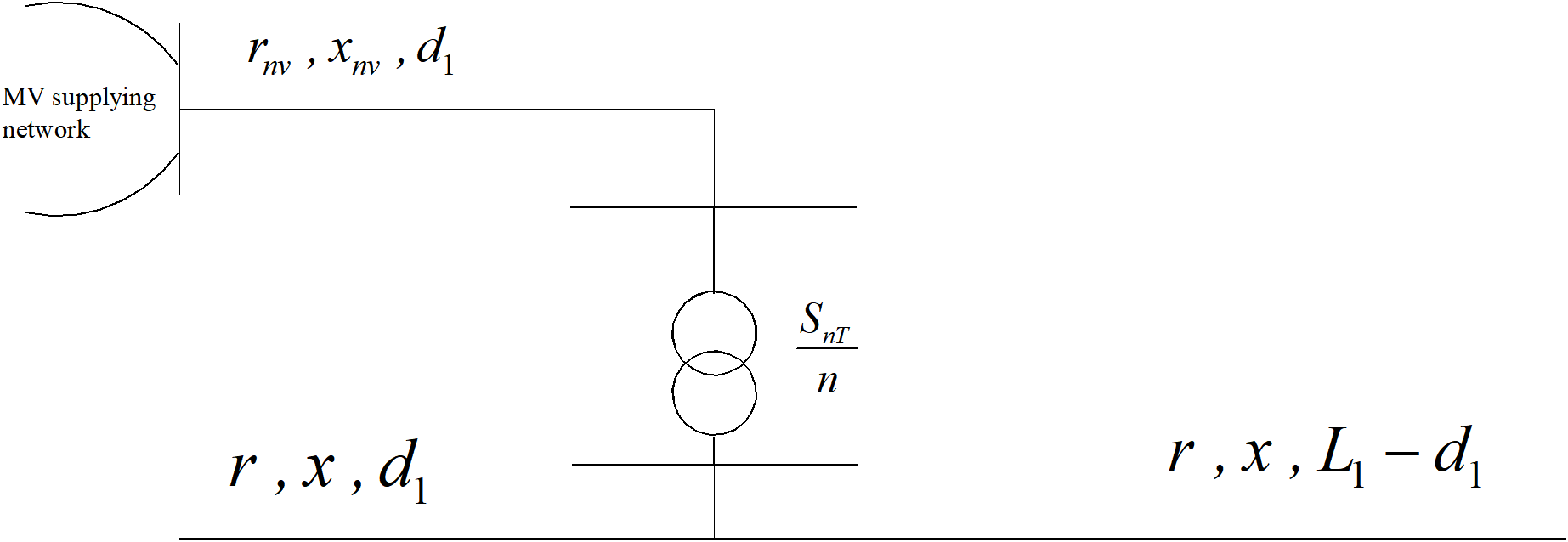Abstract
This paper provides a comprehensive analysis of the economic implications of implementing advanced loss-reduction measures in electrical distribution networks, as observed across developed economies. The study evaluates a set of technical and infrastructural interventions that have demonstrated significant potential in enhancing network efficiency and reducing operational losses. These measures encompass the large-scale deployment of smart electricity meters, the replacement of conventional distribution transformers with units employing amorphous metal cores, and the mitigation of transformer overloading through the installation of higher-rated capacity units. Additional strategies include increasing the cross-sectional area of distribution conductors, optimizing feeder configurations by extending medium-voltage lines, shortening low-voltage feeders, and relocating substations closer to feeder midpoints. Moreover, the paper examines the transition from the conventional “one substation–multiple feeders” configuration toward a more efficient “one substation–one feeder” supply concept. The results of the analysis confirm that the implementation of these measures is both technically and economically justified, yielding substantial improvements in network performance, energy efficiency, and long-term operational sustainability.
Keywords
electrical distribution network
losses
profitability
reconfiguration
Data Availability Statement
Data will be made available on request.
Funding
This work was supported by the Ministry of Science, Technological Development and Innovation of the Republic of Serbia, and these results are parts of the Grant No. 451-03-136/2025-03/200132, with University of Kragujevac - Faculty of Technical Sciences Čačak.
Conflicts of Interest
The authors declare no conflicts of interest.
Ethical Approval and Consent to Participate
Not applicable.
Cite This Article
APA Style
Mijailović, V., & Ranković, A. (2025). Economic Effects of Measures for Reducing Losses in Electrical Distribution Network within the Transition to a Sustainable Active Distribution System. ICCK Transactions on Electric Power Networks and Systems, 2(1), 1–8. https://doi.org/10.62762/TEPNS.2025.266878
Publisher's Note
ICCK stays neutral with regard to jurisdictional claims in published maps and institutional affiliations.
Rights and Permissions
Institute of Central Computation and Knowledge (ICCK) or its licensor (e.g. a society or other partner) holds exclusive rights to this article under a publishing agreement with the author(s) or other rightsholder(s); author self-archiving of the accepted manuscript version of this article is solely governed by the terms of such publishing agreement and applicable law.


 Submit Manuscript
Edit a Special Issue
Submit Manuscript
Edit a Special Issue

